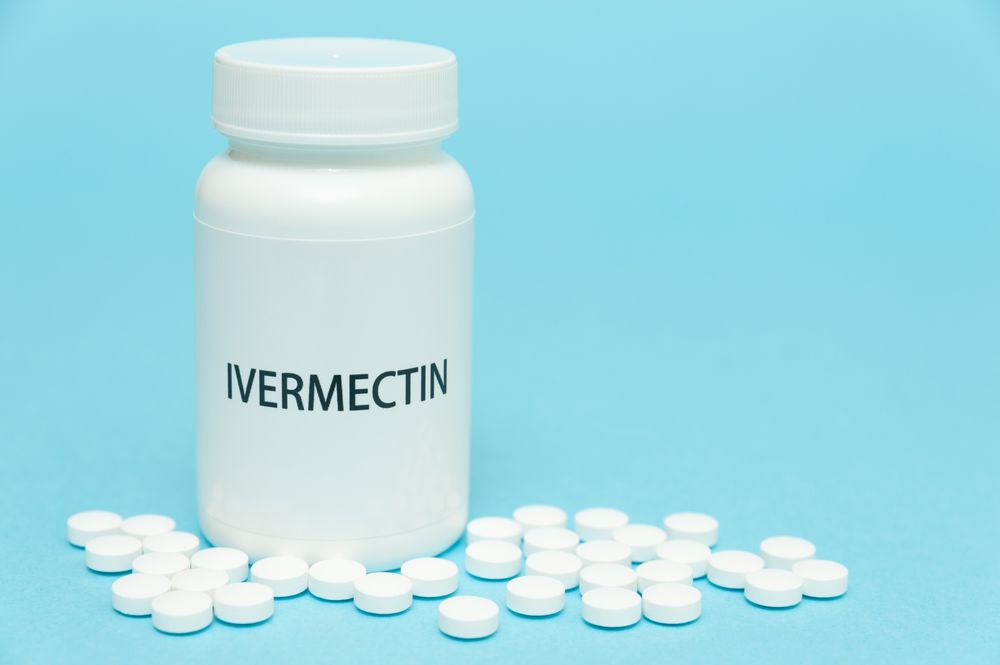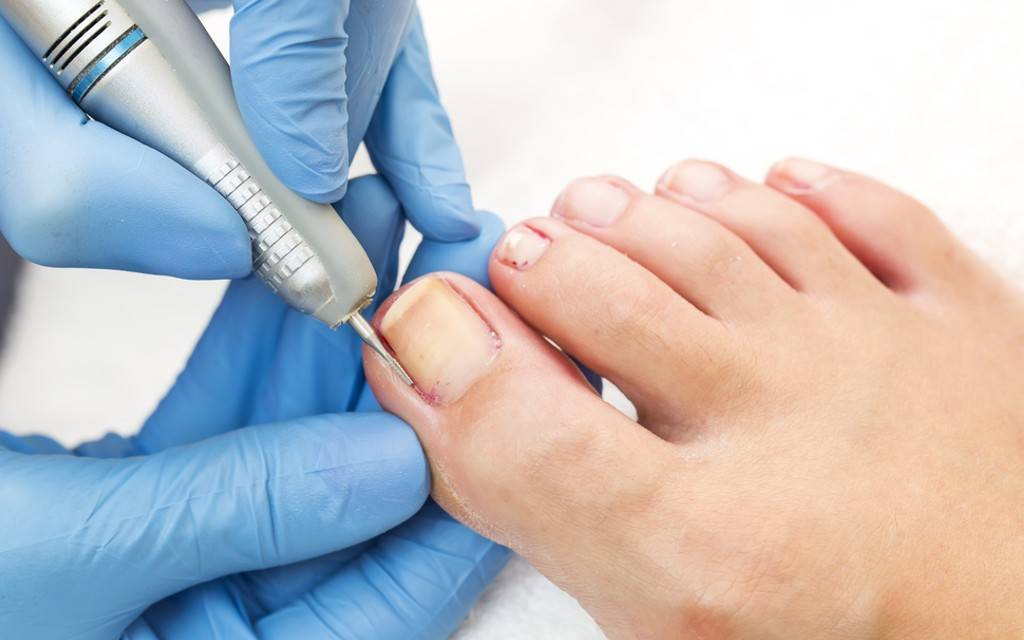Ranitidine 150 mg, once a widely used medication for acid reflux, heartburn, and related gastrointestinal issues, was popular for its effectiveness and relatively rapid onset of action. However, understanding how quickly ranitidine works, what influences its speed, and how it compares to other acid-relief medications can be helpful for those dealing with similar symptoms or considering alternative medications. This article explores how ranitidine works, its onset time, factors that impact its effectiveness, and what patients should know about acid relief options in light of recent concerns around ranitidine’s safety.
Understanding Ranitidine and Its Mechanism of Action
Ranitidine belongs to a class of drugs known as H2 receptor antagonists (H2 blockers). H2 blockers, including ranitidine, work by inhibiting histamine, a compound in the body that promotes acid secretion in the stomach. When histamine binds to H2 receptors on stomach cells, it stimulates the production of stomach acid, which is necessary for digestion but can cause discomfort when produced in excess.
Ranitidine’s mechanism of action involves blocking these H2 receptors, leading to reduced acid production. With less acid in the stomach, symptoms like heartburn, acid reflux, and indigestion can be alleviated. Ranitidine was widely prescribed for conditions such as:
- Gastroesophageal reflux disease (GERD)
- Peptic ulcers and gastric ulcers
- Zollinger-Ellison syndrome, a condition with excessive stomach acid production
- Erosive esophagitis, where stomach acid damages the lining of the esophagus
How Quickly Does Ranitidine Work?
On average, ranitidine begins working within 30 to 60 minutes of ingestion. This timeframe is faster than many other acid-relief medications, making it an effective option for those needing prompt relief. However, several factors can influence how quickly an individual feels relief from ranitidine:
- Dosage: Ranitidine was available in multiple strengths, typically 75 mg and 150 mg for over-the-counter use, and up to 300 mg in prescription doses. A higher dose may lead to faster and more significant acid reduction, though it is important to follow a doctor’s recommendation to avoid side effects or adverse reactions.
- Type of Acid-Related Condition: The specific acid-related condition can also influence the speed at which relief is felt. For example, those taking ranitidine for mild heartburn may experience faster relief than those with chronic GERD or severe ulcers, where more consistent or prolonged use may be needed to achieve optimal effects.
- Timing of Intake: Ranitidine can be taken with or without food, but taking it approximately 30 minutes before a meal or acidic beverage may allow it to act more effectively by reducing acid secretion in anticipation of food intake, which naturally stimulates acid production.
- Individual Metabolism: Each person’s metabolism can impact how quickly the drug is absorbed and begins to take effect. Age, liver function, and other medications can affect metabolism and, therefore, the onset of action.
- Severity of Symptoms: The severity of symptoms can impact how quickly a noticeable improvement occurs. Someone with mild acid reflux may feel relief sooner compared to someone with more intense symptoms.
How Long Does the Effect of Ranitidine Last?
Ranitidine tablet 150 mg effects generally lasts between 8 to 12 hours. This means that taking a dose in the morning could provide relief throughout the day, and a second dose before bedtime can help manage nighttime acid reflux or heartburn. For chronic issues, taking it twice daily under medical supervision was often recommended to maintain steady acid suppression over 24 hours.
Ranitidine vs. Other Acid-Relief Medications: Onset and Duration
In comparison to other acid-reducing medications, ranitidine offers a middle ground in terms of onset and duration:
- Antacids (like Tums or Maalox) offer almost immediate relief as they neutralize existing stomach acid but provide short-term effects, often lasting only about 1 to 2 hours. These are best for occasional, mild heartburn but not chronic conditions.
- Proton Pump Inhibitors (PPIs) (like omeprazole) take longer to begin working, sometimes up to 24 hours, as they prevent acid production at a cellular level. However, PPIs offer a longer duration of relief, sometimes up to 24 hours, making them a preferred option for chronic acid-related conditions. PPIs are not ideal for immediate relief, though, as they work gradually.
Ranitidine was thus often favored for its relatively quick action and ability to last for several hours without requiring the continuous intake that antacids do or the slow onset of PPIs.
Safety Concerns and Ranitidine’s Market Withdrawal
In 2019, ranitidine was voluntarily recalled and eventually removed from the market due to concerns about N-nitrosodimethylamine (NDMA) contamination, a probable human carcinogen. NDMA was found in certain ranitidine products, especially when stored at high temperatures or over long periods, raising concerns about the safety of long-term use.
The recall of ranitidine has left patients seeking alternative H2 blockers or other acid-relief medications, such as famotidine (Pepcid), which does not carry the same contamination risk and works similarly by blocking H2 receptors.
Alternatives to Ranitidine for Fast Acid Relief
For those looking for quick relief from acid-related symptoms, alternatives to ranitidine include:
- Famotidine (Pepcid): Famotidine is another H2 blocker that provides a similar onset of action and duration, usually within 30 to 60 minutes and lasting 8 to 12 hours. Famotidine is widely considered a safe and effective alternative.
- Antacids: Over-the-counter antacids, such as Tums, Rolaids, or Mylanta, can be useful for immediate but short-term relief. They work by neutralizing existing stomach acid rather than reducing future acid production.
- Proton Pump Inhibitors (PPIs): While not suitable for immediate relief, PPIs like omeprazole or lansoprazole are effective for chronic acid issues. These drugs can provide prolonged acid suppression, often taken daily.
- Lifestyle Modifications: Beyond medications, lifestyle changes can greatly reduce acid reflux symptoms. These include eating smaller meals, avoiding trigger foods (like spicy or fatty foods), not lying down after eating and elevating the head of the bed.
Tips for Effective Acid Relief Without Ranitidine
For those managing acid reflux or heartburn without ranitidine, there are practical steps to achieve optimal relief:
- Timing: Take H2 blockers or PPIs as directed by a healthcare provider, and align doses with meals for maximum benefit.
- Avoid Trigger Foods: Some foods, such as coffee, chocolate, peppermint, citrus, and tomatoes, are known to exacerbate acid reflux and heartburn.
- Weight Management: Maintaining a healthy weight can reduce pressure on the stomach, minimizing the chance of acid reflux.
- Mindful Eating Habits: Eating slowly, chewing food thoroughly, and not overeating can all help reduce acid production.
- Avoid Smoking and Excessive Alcohol: Both can irritate the esophagus and increase acid production.
Conclusion
Ranitidine provided fast and effective acid relief for many people, typically within 30 to 60 minutes, with effects lasting 8 to 12 hours. While it offered a balance between the immediacy of antacids and the prolonged action of PPIs, its recall due to NDMA contamination has shifted patient reliance to other options like famotidine or lifestyle changes for managing symptoms.
Although ranitidine is no longer widely available, understanding how H2 blockers work and the alternatives that provide similar relief can empower those dealing with acid-related issues to make informed choices about their treatment. As always, it’s important to consult a healthcare provider before starting any new medication or if symptoms persist, to ensure a safe and effective approach to acid relief.





